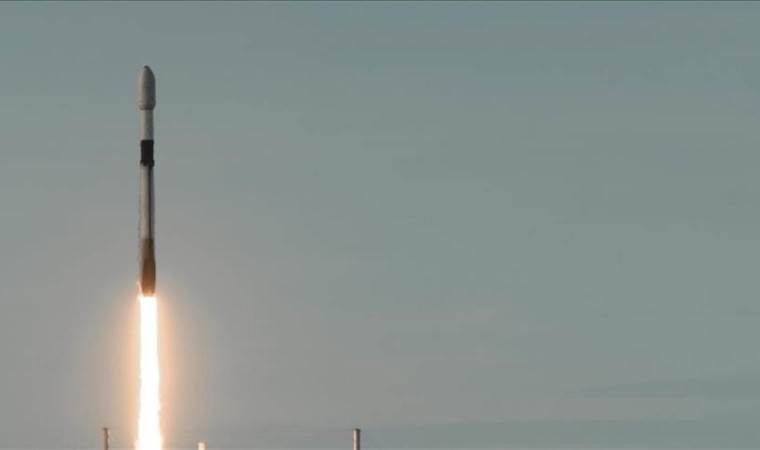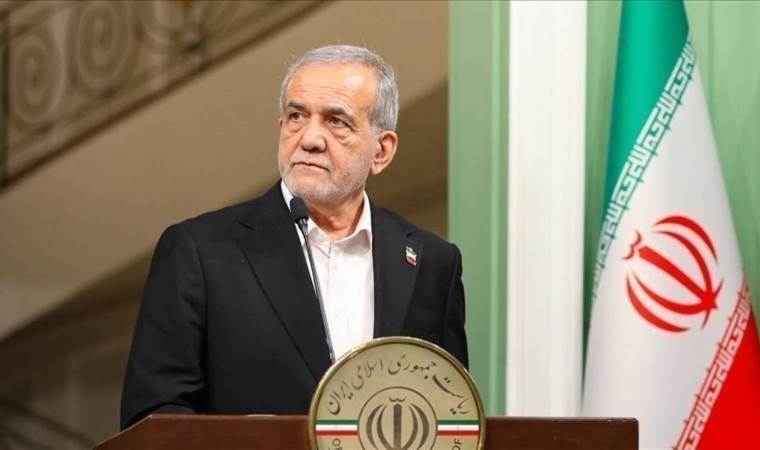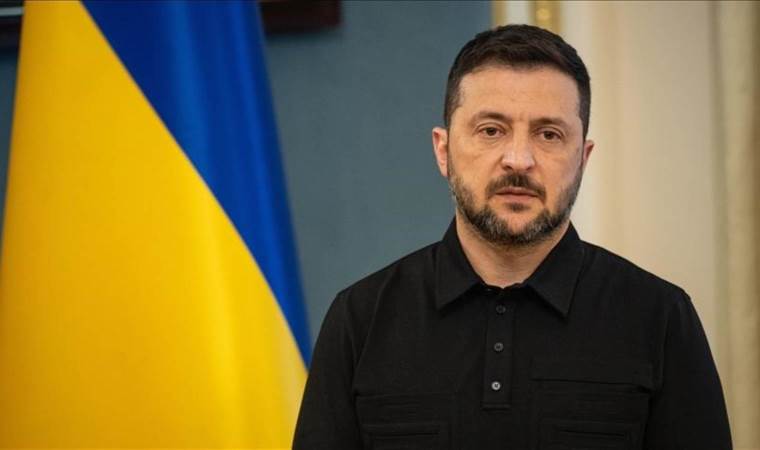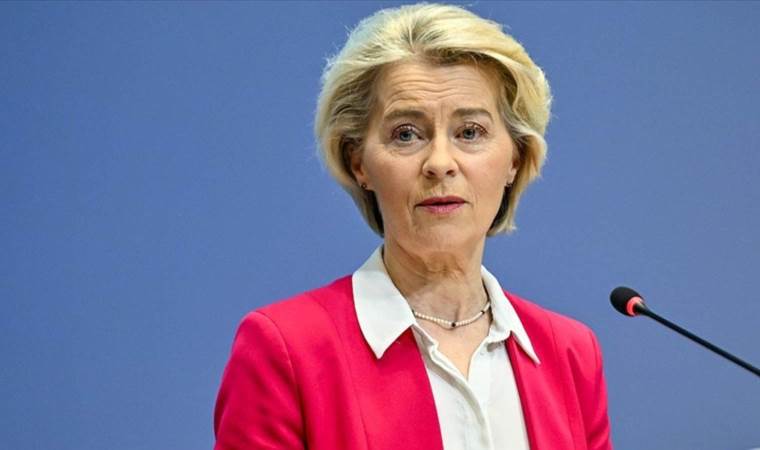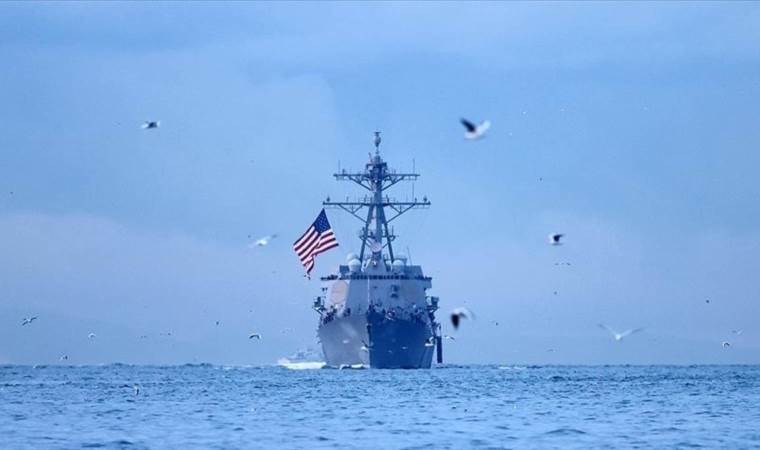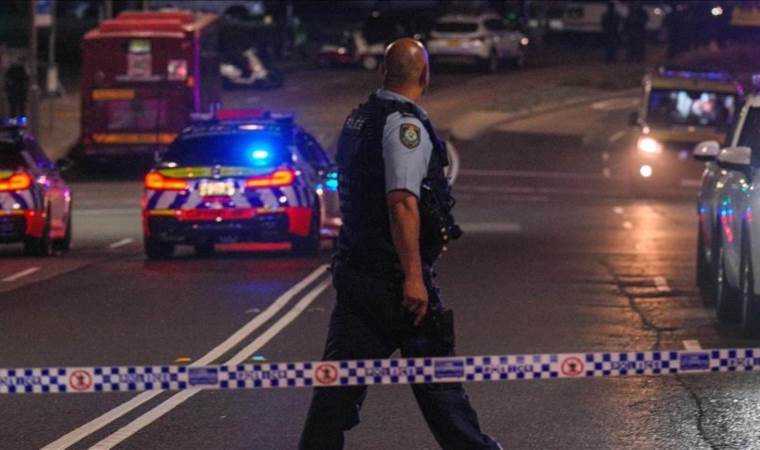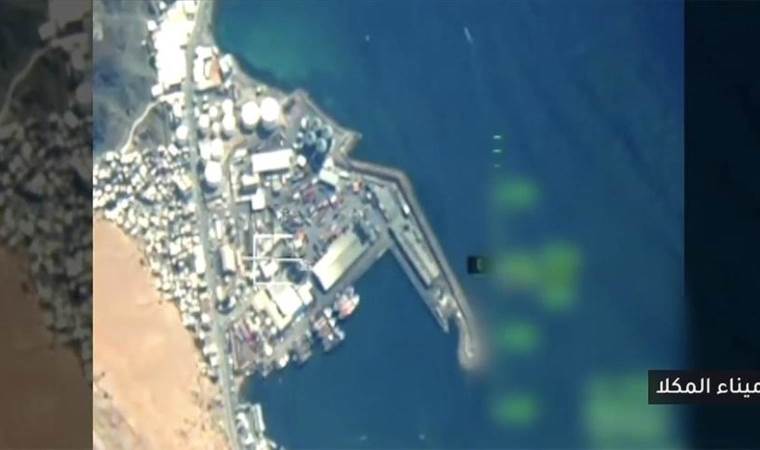Authors Columns of the Day Sport Guest Life All Authors
The pivotal front page of the century: 'Yenigün Newspaper and the Hero of Anafartalar Mustafa Kemal Pasha'
"Hero of Anafartalar, Mirliva Mustafa Kemal Pasha arrived at Haydarpaşa towards 1 o'clock." - 'Yenigün, 14 November 1918, p. 1.'
On October 30, 1918, the Armistice of Mudros was signed, marking the end of World War I. Summoned by the Ottoman War Ministry, commanders, including Mustafa Kemal Pasha, convened in Istanbul.
Date: November 13, 1918.
Location: Istanbul.
As Mustafa Kemal Pasha's train from Adana halted at Haydarpaşa Station around 12:45 on Wednesday, November 13, 1918, a 61-piece Allied fleet entered the Bosphorus, set on occupying Istanbul. Amidst this convergence, Mustafa Kemal Pasha, alongside his aide Cevat Abbas, stood on the steps of Haydarpaşa Station.
A poignant coincidence unfolded: the invaders and the savior who would uproot them from these lands arrived in Istanbul on the same day at the same hour. Istanbul welcomed its invaders and its liberator on the same day at the same hour.

Here is the news in Yenigün Newspaper announcing that Mustafa Kemal Pasha, the hero of Anafartalar, has arrived in Istanbul.
Sea traffic halted as the Allied fleet paraded through the Bosphorus. During the invasion ceremony, an Ottoman delegation welcomed the invaders on behalf of the Ottoman government by saying.
They will leave as they came
Mustafa Kemal Pasha, the Hero of Anafartalar, previously successful in halting this fleet in Çanakkale three years prior, now watched with a heavy heart as the fleet entered the Bosphorus. Reflecting on Çanakkale during the waiting hours, he pondered, "I made a mistake! I should not have come to Istanbul; I must find a way to return to Anatolia as soon as possible."
In the afternoon, Mustafa Kemal Pasha crossed to the other side on the old small Eagle ship, amidst the 'forest of steel' where British and French flags were waving.
Gazing towards Istanbul's horizon, he uttered the words, "They will leave as they came." Cevat Abbas later described this moment, stating, "I will never forget the day we arrived in Istanbul":
"I will never forget the day we arrived in Istanbul. The city was in a very sad state. Istanbul was mourning the disaster of the enemy navies entering the harbor, and Atatürk was sharing this great mourning. Atatürk and I were traveling through a steel forest in the middle of the sea on a ramshackle engine (Kartal) of the military transport. When I heard the phrase 'They will leave as they came' from Atatürk's elegant lips, I immediately forgot the deep and painful despair caused by the armistice. I was hasty in my reply. 'It will be up to you, you will drive them out, Pasha,' I said. He smiled. For a moment he seemed to be revisiting the plans for saving the homeland that had begun to take shape in his saintly head, then he said, 'Let's see.'"
The message of Yenigün Newspaper
On November 14, 1918, Istanbul awoke to its darkest day, with newspapers printing in black fonts. The most impactful front page came from Mr. Yunus Nadi's Yenigün Newspaper, headlined "Entente Navy in Our Harbour." Nine armored ships were illustrated below the headline, symbolizing the occupation forces: "Yesterday, a large Allied fleet arrived in our harbor with their harmonicas and flags. No matter how quiet and noiseless this arrival may be, it is not a friendly visit to the foreign shores from harbor to harbor in times of peace, but perhaps a triumphant parade picture showing the sad end of a long and bloody exhibition. Although some of the non-Muslim inhabitants of Istanbul greeted this parade with waves of joy and pride, the other part, trembling with the memory of the martyrs of Gallipoli, was clearly saddened by yesterday's scene."
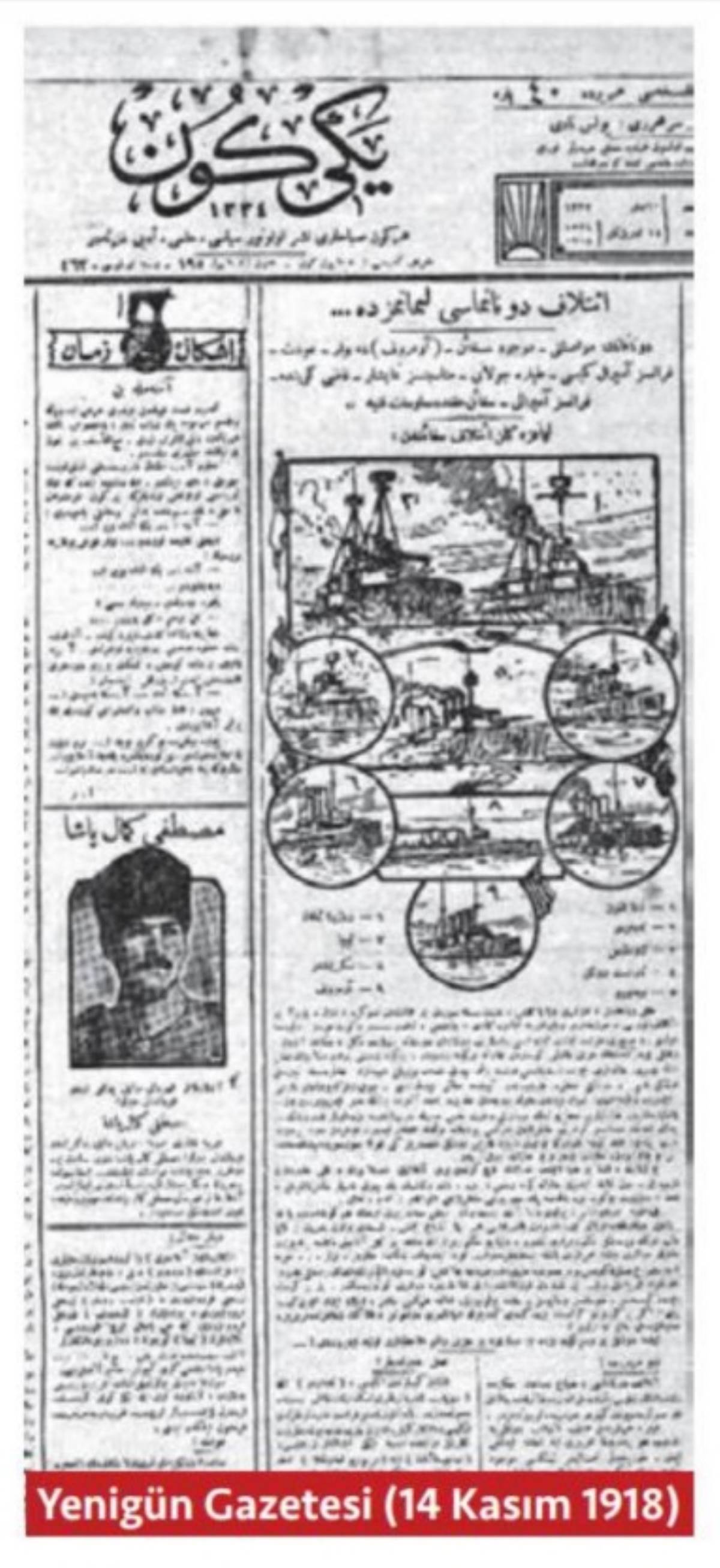
Yenigün Newspaper (November 14, 1918)
Yenigün Newspaper characterized the fleet's arrival as "a sign of the sad end of a long and bloody adventure" and connected it to the victorious resistance in Çanakkale.
Hero of Anafartalar
On November 14, 1918, the Yenigün Newspaper prominently featured Mustafa Kemal Pasha in relation to the victory at Gallipoli.
While the headline discussed the occupation of Istanbul, just below it, in the bottom left corner of the news section, there was a photo of Mustafa Kemal Pasha with a note stating that 'the hero of Anafartalar, Mustafa Kemal, has also arrived in Istanbul.'
The newspaper, right below the photo of Mustafa Kemal Pasha, reported that 'the former commander of the Seventh Army, Mirliva Mustafa Kemal Pasha, the hero of Anafartalar, arrived at Haydarpaşa around one o'clock,' and indicated that 'Mustafa Kemal Pasha, the hero of Anafartalar, would be assigned to an important duty.' (Yenigün, November 14, 1918)
In the context of Istanbul's actual occupation, Yenigün Newspaper, in its issue dated November 14, 1918, reminded readers of the Battle of Gallipoli, emphasizing the resistance against the enemy, and highlighted Mustafa Kemal Pasha's heroism at Anafartalar as a symbol of that resistance.
In its issue dated November 14, 1918, which concurrently addressed the darkness of the occupation and the light that would end it (referring to Mustafa Kemal Pasha), Yenigün Newspaper, managed by Yunus Nadi Bey, in my opinion, made one of the most significant front-page stories in the history of Turkish press."
From Yenigün to Cumhuriyet
Yenigün Newspaper was first published in Istanbul on September 2, 1918, by Yunus Nadi Bey. Following the formal occupation of Istanbul on March 16, 1920, Yenigün Newspaper was shut down by the British because of its support for the National Struggle. Consequently, Yunus Nadi Bey, joining the National Struggle, moved to Anatolia and continued publishing his newspaper there under the name 'Anadolu’da Yenigün' (Yenigün in Anatolia) starting from August 10, 1920. Anadolu’da Yenigün became one of the most prominent voices of the National Struggle. Yunus Nadi Bey established Cumhuriyet Newspaper on May 7, 1924, and Yenigün Newspaper ceased publication on May 11, 1924.
Yenigün was the voice of the War of Independence, while Cumhuriyet became the voice of the Republic of Turkey. Yunus Nadi significantly contributed to the Turkish War of Independence through Yenigün Newspaper and to the Turkish Enlightenment War through Cumhuriyet Newspaper.
The front page of the Yenigün Newspaper dated November 14, 1918, was the first publication to emphasize Mustafa Kemal's 'heroism in Anafartalar' in opposition to the occupation of Istanbul. The front page of the Yenigün Newspaper dated November 14, 1918, is one of the most iconic proofs that Mustafa Kemal Atatürk was the enduring hope of this land.
Yazarın Son Yazıları All Columns
Günün Köşe Yazıları
Most Read News
-
 China launches satellite for geographic research
China launches satellite for geographic research
-
 Iran’s president pledges economic reforms, calls for dia
Iran’s president pledges economic reforms, calls for dia
-
 Zelenskyy says US support critical for Ukraine, doubts R
Zelenskyy says US support critical for Ukraine, doubts R
-
 Prosperity of a free Ukrainian state lies in EU accessio
Prosperity of a free Ukrainian state lies in EU accessio
-
 US military strikes vessel in Eastern Pacific
US military strikes vessel in Eastern Pacific
-
 Bondi Beach attackers were operating alone: Australian f
Bondi Beach attackers were operating alone: Australian f
-
 Trump says US, Israel do not agree '100%' on West Bank
Trump says US, Israel do not agree '100%' on West Bank
-
 Yemen cancels joint defense agreement with UAE, calls fo
Yemen cancels joint defense agreement with UAE, calls fo

